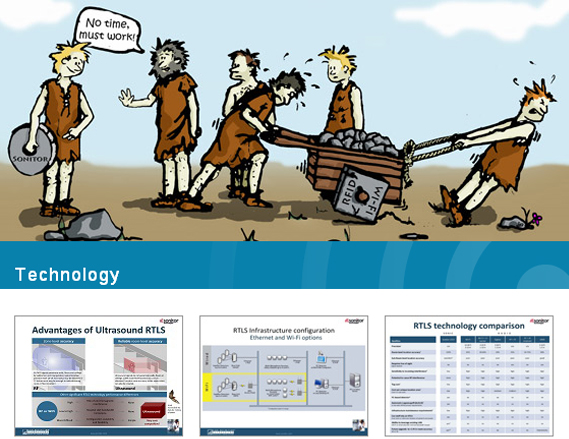According to Frost & Sullivan, Sonitor has pioneered highly accurate, cost-effective, and scalable indoor RTLS solutions that provide staggering growth potential.
Sonitor’s recently improved market presence in the U.S. location systems market confirms the ultrasound RTLS technology’s unique value proposition,” explains Raman Monga, Frost & Sullivan Industry Manager, Electronics & Security. “The simplicity of Sonitor’s ultrasound identification (USID) solutions helps meet the requirement for reliable room and sub-room level location accuracy given the investment costs at three levels: in hospitals, retirement or care homes, and the rapidly growing home care market.
Sonitor’s solutions have the attributes of efficacy, simple and robust interoperability, and a high ROI, which have allowed it to improve its visibility, especially in the U.S. healthcare market,” observes Monga. “Gradually, value-added resellers, systems integrators, and software developers have started opting for Sonitor’s ultrasound systems instead of conventional radio frequency identification (RFID), infrared and wireless fidelity (WiFi)-based technologies.”

| Advantages of Ultrasound RTLS (PDF file) | RTLS infrastructure configuration (PDF file) | RTLS Technology Comparison (PDF file) |
The Sonitor system uses ultrasound as its means of communications. Ultrasound has several desirable properties that make it ideal for this application.
It does not penetrate solid walls, so location per room is simple to achieve.
It does not require line of sight between the tag and the detector, making it possible to track objects that are hidden or located in drawers or filing cabinets.
Ultrasound waves are mechanical waves, and therefore are immune to interference. They do not interfere with sensitive equipment that might otherwise be disturbed by electromagnetic waves.
The security of an ultrasound system is very high, making it virtually impossible to eavesdrop on the communications link from outside the premises of the installation.
The Sonitor ultrasound system has been designed for safety, so all emitted sound pressure levels are within the international regulations for the safe use of ultrasound.

















